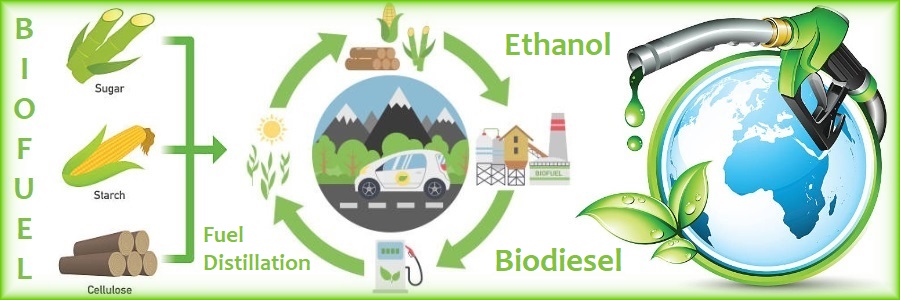Boiling Points of Water and Ethanol
Boiling points of liquids in literature are generally referenced to the sea level at an atmospheric pressure of 760 mm Hg. Boiling points change depending on altitude and atmospheric pressure changes.
Boiling Points for Water and Ethanol at Different Altitudes & Atmospheric Pressures
Below is a short boiling point table with values for 4 different altitudes and atmospheric pressures. Use this table or the boiling points calculator below to determine the boiling point corresponding to the altitude were you are distilling.
| Values for Altitude | Feet | Sea level | 1,640 | 3,281 | 4,921 |
| Boiling Point of Water | C | 100.0° | 98.3° | 96.7° | 95.0° |
| Boiling Point of Water | F | 212.0° | 208.9° | 206.1° | 203.0° |
| Boiling Point of Ethanol | C | 78.4° | 77.0° | 75.6° | 74.2° |
| Boiling Point of Ethanol | F | 173.1° | 170.6° | 168.1° | 165.6° |
| Atmospheric Pressure | mmHg | 760 | 716 | 674 | 634 |
How does the atmospheric pressure and elevation where you live affect boiling points?
As elevation increases, atmospheric pressure and boiling points decrease. Boiling point is the point at which vapor pressure is equal to atmospheric pressure.
Explanation: Chemistry Phases of Matter Vapor Pressure and Boiling.
In a liquid, some particles always have enough energy to escape to the gas phase. Gaseous particles are also returning to the liquid. The vapor pressure is the pressure exerted by the gas when the amount of particles leaving the liquid equals the amount of particles entering the liquid.
As temperature increases, more particles have enough energy to escape to the gas phase. This increases the vapor pressure. When the vapor pressure equals atmospheric pressure, the liquid boils.
Effects of Atmospheric Pressure on Boiling Points
As elevation increases, atmospheric pressure decreases because air is less dense at higher altitudes. Because the atmospheric pressure is lower, the vapor pressure of the liquid will be lower when it reaches the boiling point. Less heat is required to make the vapor pressure equal to the atmospheric pressure. Therefore, the boiling point of liquids is lower at higher altitudes.
Influences from Changes in Atmospheric Pressure
Atmospheric pressure is measured with a barometer. The boiling temperature of liquids
are influenced by the temperature at which the liquid vapor pressure is equal to the atmospheric
pressure.
However, atmospheric pressure changes daily based on weather, and elevation. This in turn
will affect the boiling point of both water and alcohol due to the weather conditions at
any given time.
Azertropes are Liquid Mixtures
Azeotropes are a mixture of at least two different liquids. Their mixture can either have a higher, or lower boiling point than either of the components individually. Azeotropes occur when fraction of the liquids cannot be altered by distillation.
This phenomena can be used to do vacuum distillation as well. When pressure lowers, the boiling point decreases, and when pressure is higher, the boiling point increases.
Boiling Point Calculator for Ethanol and Water
For conversions, you can use this 3 stage (azeotrope, ethanol, water) boiling point calculator. This converter assumes an azeotrope of 95% alcohol and 5% water. Pressure characteristics include:
- millimeter of mercury (mmHg) | 1 mmHg = 0.019336721269668 psi
- Torr (Torr) | 1 Torr = 0.019336721269668 psi
- one millitorr (mTorr) = 0.001 Torr
- millibar (mbar) | 1 mbar = 0.014503773773022 psi
- hectopascal (hPa) | 1 hPa = 0.014503773773022 psi
For additional pressure units use this unit juggler pressure converter
Vapor Pressure, Intermolecular Forces
Liquid properties depend on intermolecular forces. The boiling point, freezing point, density, and viscosity are all controlled by intermolecular attractions. The higher the attractions (forces) the higher the boiling point, melting point, density and viscosity.
In the evaporation process, liquid converts to a gas through the gradual escape of molecules from the liquid to gas at temperatures below the boiling point. The amount of escaping molecules exert a partial pressure that is less than the opposing atmospheric pressure. These liquid molecules can then gradually escape into the atmosphere.
Vapor pressure is the partial gas pressure exerted by gas phase molecules in equilibrium with a condensed state. Liquids and solids both have vapor pressure. The equilibrium vapor pressure exists only in closed systems. Open systems will allow gas molecules to escape causing the pressure to be less than the equilibrium pressure.

